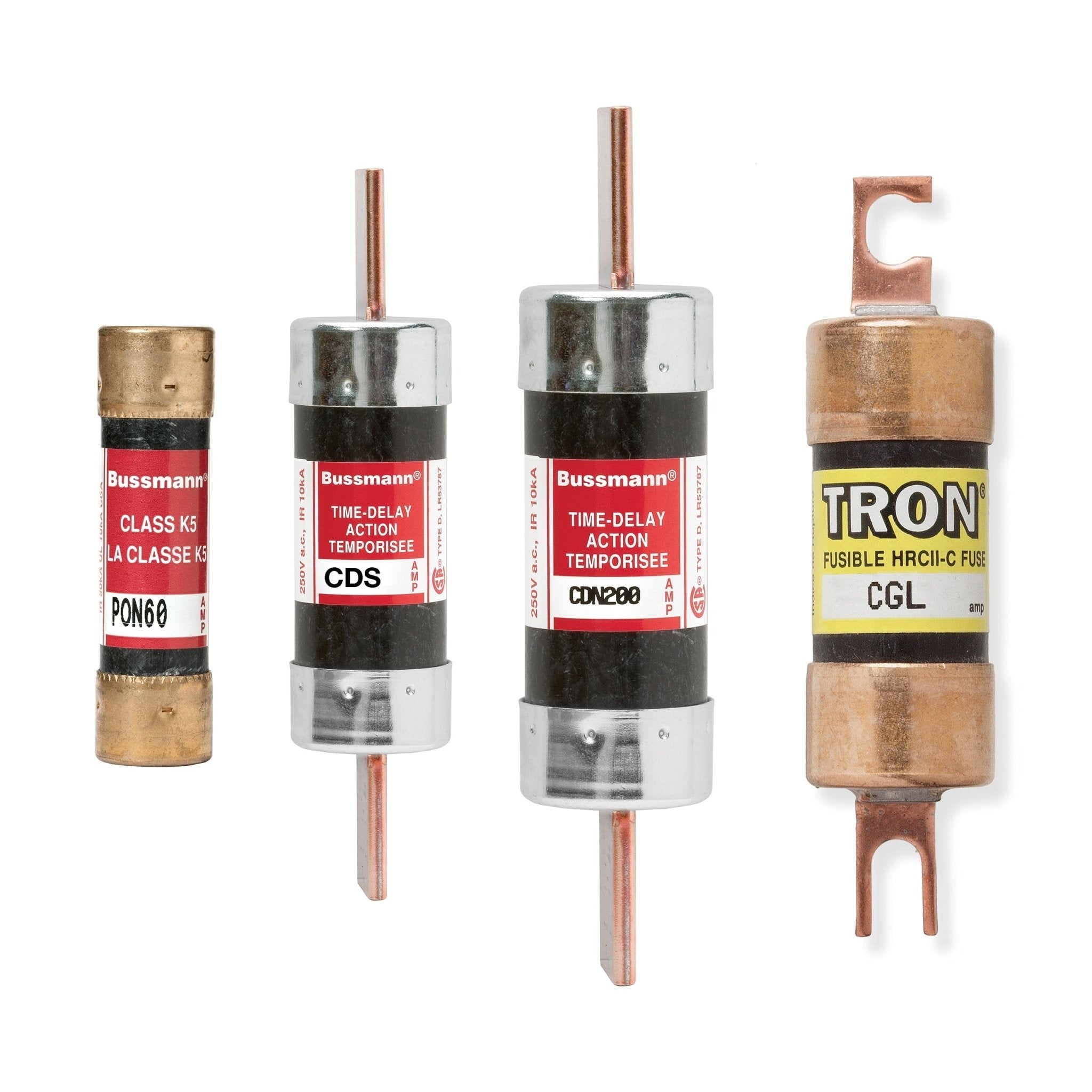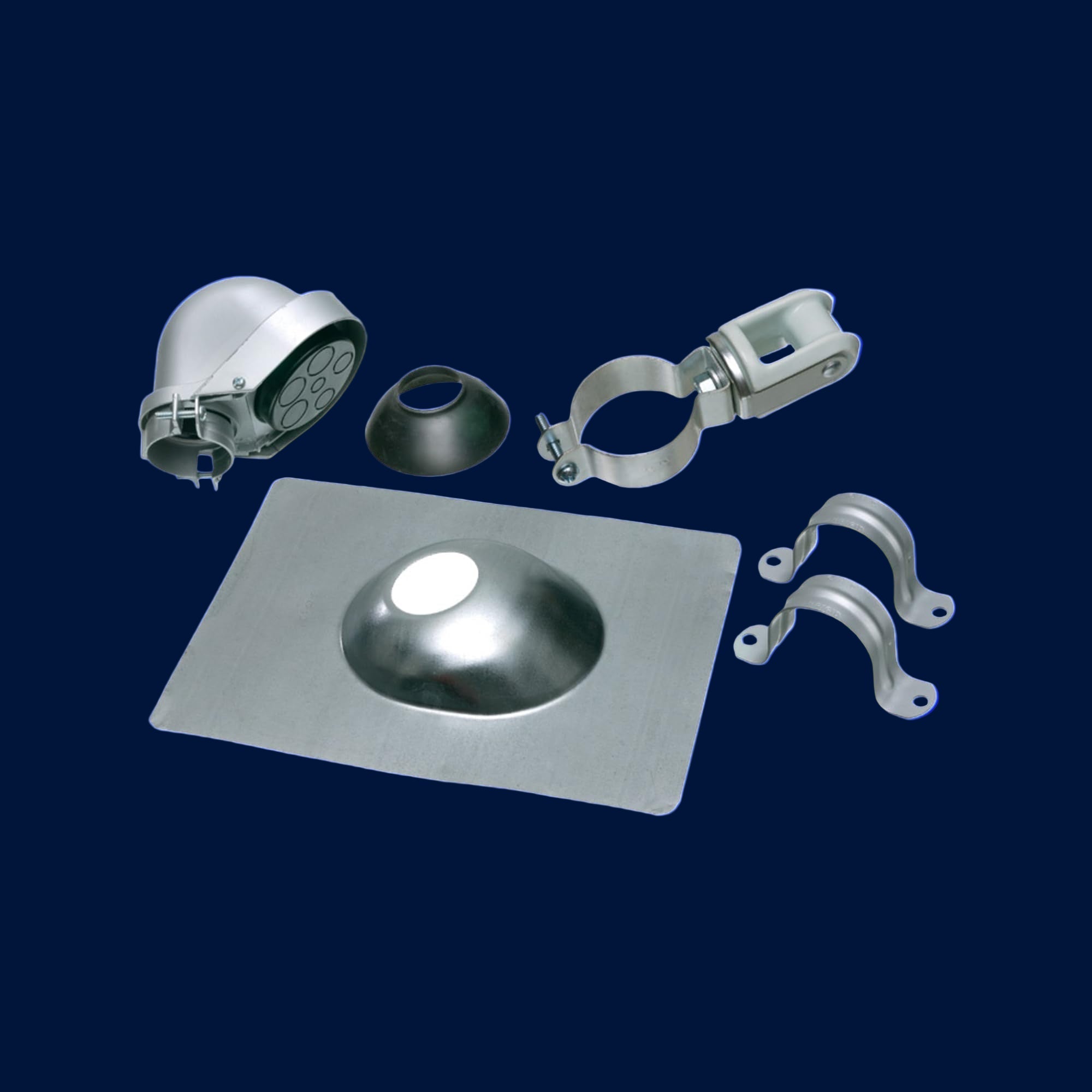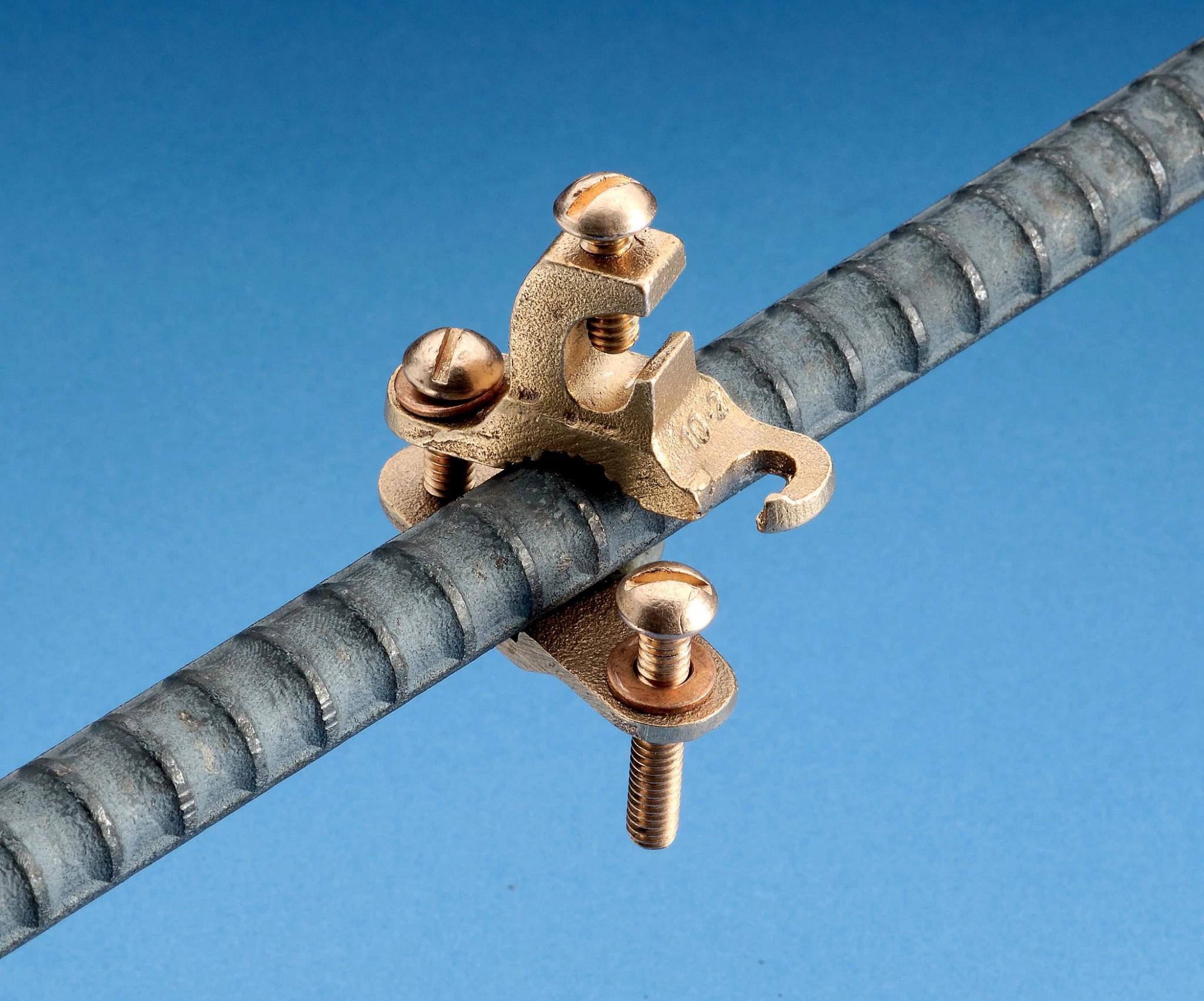A time delay fuse is an electrical component used to protect circuits and devices from damage caused by electrical overloads. Unlike regular electric fuses, which blow almost instantly when an overload occurs, time delay fuses are designed to withstand short bursts of excess current for a specific amount of time.
This feature allows them to prevent unnecessary interruptions in circuits that experience momentary spikes in power demand, such as motors or other equipment that may briefly draw more current than usual.
We’ll break down the function of a time delay fuse, why it's useful, and how it works to protect your electrical systems.
Why Use a Time Delay Fuse?
The main function of a fuse is to break the circuit when the current exceeds safe limits. However, in some cases, electrical systems or devices may temporarily draw more current than usual without being at risk of permanent damage.
Standard fuses may trip too quickly in these situations. This causes unnecessary downtime and inconvenience. This is where a time delay fuse comes in.
A time delay fuse allows a controlled delay before it blows. It gives the circuit time to return to normal conditions after a brief surge in current. This feature is particularly useful for appliances like motors, pumps, or large machines that experience temporary current spikes when starting up or operating under varying loads.
The fuse will only blow if the overload persists for longer than the time delay, preventing nuisance outages.
How Does a Time Delay Fuse Work?
To understand the functionality of a time delay fuse, it’s helpful to first look at how regular fuses work. A fuse consists of a metal strip or wire that melts when the current flowing through it exceeds a certain limit. This interruption in the current flow protects the circuit from further damage.
A time delay fuse works similarly but incorporates a special feature: a built-in delay mechanism. When the current exceeds the fuse’s rated value, the fuse does not blow immediately.
Instead, it allows the overload to persist for a set period - usually a few seconds or even minutes. This depends on the design. During this time, the fuse can "tolerate" the overload, which is useful for circuits with momentary spikes.
Once the time delay expires, the fuse will blow if the current remains above the safe level. If the overload is brief and the current returns to normal, the fuse will not blow, and the circuit will continue operating as usual.
The Importance of Time Delay in Certain Circuits
Not all electrical circuits or devices require a time delay fuse. However, they are invaluable in situations where temporary overloads are common and not harmful.
Here are a few examples where time delay fuses are often used:
- Motors
Motors, especially large industrial motors, often draw a large surge of current when they start. This surge is temporary and doesn’t typically cause damage.
Without a time delay fuse, the fuse would blow every time the motor starts, even though the current surge is harmless. With a time delay fuse, the circuit is protected from nuisance trips while still preventing potential damage from sustained overloads.
- Appliances with High Inrush Current
Certain appliances, such as refrigerators, air conditioners, and HVAC systems, have high inrush currents when they first turn on. These spikes are brief and usually harmless.
A time delay fuse prevents these appliances from being unnecessarily disconnected due to these temporary spikes. It allows them to function normally.
- Lighting Circuits
Sometimes, lighting systems can experience inrush currents when lamps are switched on, especially if they use incandescent or fluorescent bulbs. A time delay fuse in the lighting circuit helps avoid blowing the fuse during these normal on/off operations.
Types of Time Delay Fuses
- Slow Blow Fuses
Slow blow fuses, or time delay fuses, are designed to handle short bursts of excess current for a specific duration. These fuses are ideal for circuits where occasional surges are expected but sustained overloads would cause damage.
- Medium Time Delay Fuses
These fuses offer a moderate delay and are typically used in circuits with equipment that may experience frequent but brief surges.
For example, they are often found in household electrical systems where devices like toasters or vacuum cleaners are used.
- Fast-Acting Fuses with Delay
Fast-acting fuses with delay are a hybrid of regular fuses and time delay fuses. They act quickly to protect against harmful overloads but allow a slight delay to accommodate minor surges. This makes them useful for sensitive devices that are prone to small, non-harmful current spikes.
Selecting the Right Time Delay Fuse for Your Needs
- Amp Rating
The amp rating of the fuse indicates the maximum current the circuit can handle before it trips. For a time delay fuse, it’s important to select a fuse with the correct amp rating to assure that it protects the circuit without tripping unnecessarily.
- Time Delay Rating
Each fuse has a specific time delay, typically measured in seconds or milliseconds. The time delay rating should match the needs of the equipment you're protecting. If you're protecting a motor, you'll need a fuse with a longer delay to handle the inrush current when the motor starts.
- Voltage Rating
Make sure that the voltage rating of the fuse matches the operating voltage of the circuit. Using a fuse with a lower voltage rating than the circuit can cause the fuse to blow prematurely. Meanwhile, a fuse with a higher rating may not provide adequate protection.
- Application
Consider the type of device or circuit you're protecting. Appliances with high inrush currents, such as motors or compressors, require time delay fuses that can tolerate brief spikes without tripping. However, for sensitive electronics, you may need a fuse that reacts more quickly to prevent damage.
Common Issues with Time Delay Fuses
While time delay fuses are generally reliable, they can still run into issues. Here are a few common problems to look out for:
- Premature Blowing: If the fuse is too sensitive or the time delay is too short, it might blow even when the overload is temporary. This could lead to unnecessary downtime for equipment.
- Age and Wear: Like all fuses, time delay fuses can wear out over time. If the fuse trips more frequently or doesn’t reset properly, it may be time to replace it.
- Incorrect Size: Using the wrong size fuse can compromise the protection of your system. A fuse with too high an amp rating might not trip when an overload occurs. Meanwhile, one with too low a rating may blow too easily.
A time delay fuse is an important component that helps protect electrical circuits and devices from damage caused by overloads. These fuses are particularly useful for appliances and devices that experience inrush currents or brief power spikes.
If you're looking for high-quality time delay fuses for your system, we offer a range of products that suit various applications. Our expert team can guide you in selecting the right fuse to meet your needs. We make sure that your electrical circuits remain protected and functional.
Reach out to us today to learn more about how we can assist with your fuse selection and electrical system needs.






Share:
How Does A Circuit Breaker Work?
How Many Recessed Lights Do You Need?